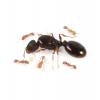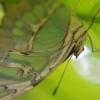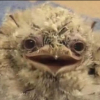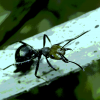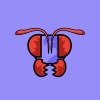My Tetramorium caespitum queen leaves her nest and is wandering in the outworld, trying to flee her ergates. She then, perhaps due to the coaxing of her ergates, returns to the nest, where her ergates and larvae reside. This Tetramorium colony current resides in an AntsCanada Myrmica Hybrid Nest, which is connected to an AC Outworld. What is causing this behavior and how can it be corrected? I have experienced this issue in the past before, albeit in a Talus formicarium manufactured by Tar Heel Ants (THA). I appreciate any help and advice that others might offer me!
Edited by Tetramorium, August 25 2017 - 9:03 AM.

